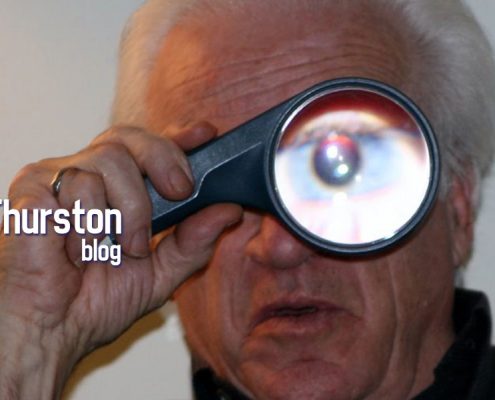A Story of Two Industries
The Swiss watch industry offers a remarkable story of dominance, decline, rebirth and resurgence. By contrast, the Japanese electronics industry, thus far, offers a story of dominance and decline. Resurgence is not evident at this point.
Can one learn from the other?
The life of the Swiss watch industry is measured in centuries. The first mechanical device lasted the longest It used stored energy, as from a spring, transmitted it by gears to move indicators on the watch face. Some readers will remember the self winding watch. The kinetic energy of the wearers movements became the input energy.. Over a much shorter period a battery was used to supply the needed energy to drive the mechanisms. Change was accelerating in parallel with all other technological change. Now we are well into the quartz era. A battery supplies the energy to trigger quartz vibration at an exact frequency, and use this electronically to control to a digital or analog display.
Astonishingly the Swiss recognized early the potential of quartz technology but were very tardy in the implementation. The Japanese were very quick to adopt and commercialize the quartz technology. They soon dominated the industry. The reign of the Swiss watch seemed to be over. Global market share and Swiss manufacturing employment were down drastically from historical highs.
In 1983, the Swiss industry started to recover with the development of the Swatch. This time piece more than anything else revitalized the industry. The Federation of the Swiss Watch Industry undoubtedly played a major role. Their far reaching mandate seemed to have engendered an industry that cooperates very well on issues of mutual interest.
At a different time and space, the Japanese electronics industry offers a contrasting situation. After years of extraordinary growth, decline set in with market share erosion, high cost, and a slow down in the development of new products. Serious losses resulted. Japanese electronics companies now face major restructuring. Weaker players are disappearing and mergers are common place.
Modeling a turn around for electronics on the resurgence of the Swiss watch industry would include rationalization, a major reduction in the number of component parts, a much simplified product, and the extensive use of robotics in manufacturing .These changes reduce costs drastically. Vertical integration contributes significantly. Manufacturers use common parts, training of skilled workers, research and development and the provision of other common services. The Swiss mission was to regain the lost global dominance. Success is evident. Ironically this is the precise approach used by the Japanese in many other industries. Extensive participation by their government and trade associations is a basic strategy.
The ubiquitous use of smart phones acting as a timing device sets up an all new environment for the watch makers of the world.














